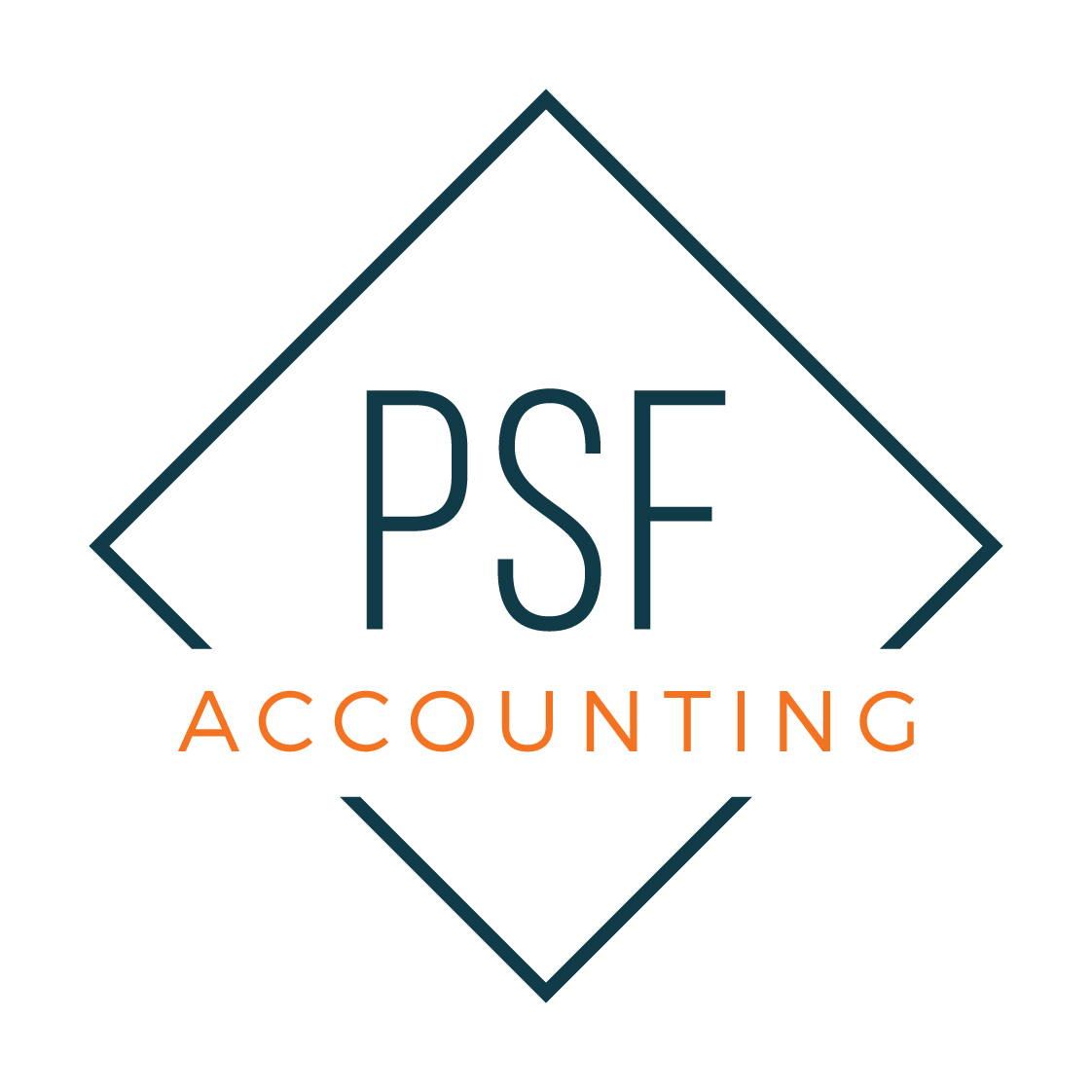How to structure your income tax efficiently
Today is the first day of the new tax year (6th April 2018)
To start looking at how to organise your income tax affairs efficiently, here are some helpful tips from the Business Advice Directory.
Start by estimating how much your income will be, excluding that from your company, then tailor the amount of salary and dividends to make best use of tax allowances and relief.
In most cases an annual salary of £8,424 is optimum plus dividends that will take your total income up to the basic rate limit.
You may find this following example helpful:
“Billy is the only director and shareholder of Acom Ltd. It makes more profit each year than Billy needs to take as income. He estimates his other income for 2018/19 to be: £5,000 taxable profit from a buy-to-let, £300 bank interest and £800 in dividends from various companies. He can now plan his company income for 2018/19.
Personal allowance. For 2018/19 the tax-free personal allowance is £11,850. Billy can take a salary of £6,850 to use this.
Dividend allowance. Next, Billy should use all his £2,000 dividend nil-rate allowance. His dividends from investments are £800, therefore he should take at least £1,200 in dividends from Acom, but to fully use his basic rate band he can take dividends to bring his income up to £46,350. The tax rate on dividends to this point is just 7.5%. “
Salary £ 6,850
Rental income £ 5,000
Bank interest £ 300
Dividends (Acom only) £33,400
Dividends (other) £ 800
£46,350
Less: personal allowance £11,850
Chargeable to tax £34,500
0% savings nil rate £ 300
0% dividend nil rate £ 2,000
At dividend basic rate 7.5% £32,200
Please see their website for more details:
https://businessdatabase.indicator-flm.co.uk/business_advice_directory/articles/profit_extraction/structuring_your_income_tax_efficiently_for_2018_19/UKTATXAR_EU18120401/53/topArt

